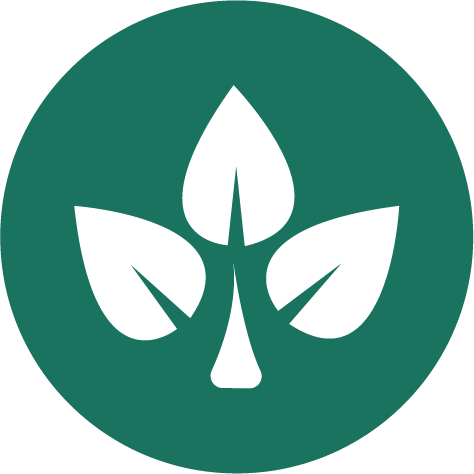 Natural Resources & Environment
Natural Resources & Environment Online at your own pace
Online at your own pace Fall Term
Fall Term Winter Term
Winter Term Less than $500
Less than $500 English
English
Conservation of Canada’s resources is essential in the green economy. To understand its effect, it’s important to have a clear picture of the state of Canada’s resources and the legislation supporting those resources. In this microcredential, learners will cover the spatial and temporal variation of life, explore the factors that influence the distribution of life and the competitive forces that restrict or enhance population growth, and receive a summary evaluation of humans’ role in ecosystems. Learners will discuss treaties, the Natural Resources Transfer Agreement, the Constitutional Act of 1982, and case law concerning the special rights of Indigenous peoples and resources.
The intended audience is anyone wanting to enter the natural resource/environmental tourism sector or supplement their current training. Technicians who work in northern mines, or for environmental consulting companies, and do field sample collection, would benefit from understanding wildlife management techniques. The intended learners are Indigenous youth and adults. The earner of this microcredential will be able to describe the ecological land classification system ecology of land associated with lake ecosystems and understand resource legislation relevant to Indigenous peoples and how these topics relate to conservation management.
Learning Outcomes
Assessment
The learner must read and interact with all course content to receive the badge. Water and wildlife are two of Canada’s most precious resources. Businesses such as environmental tourism on an abundant supply of clean water and well-managed wildlife. It is important that businesses such as mining, and manufacturing understand wildlife techniques that support a healthy aquatic and wildlife ecology. All Canadians and businesses need to be cognizant of how to maintain the health and well-being of this resource. Understanding how the lowering the carbon footprint to have the least impact on the environment is essential:
Elements of Collaboration
Complementary Actions
 Fall Term
Fall Term Winter Term
Winter Term